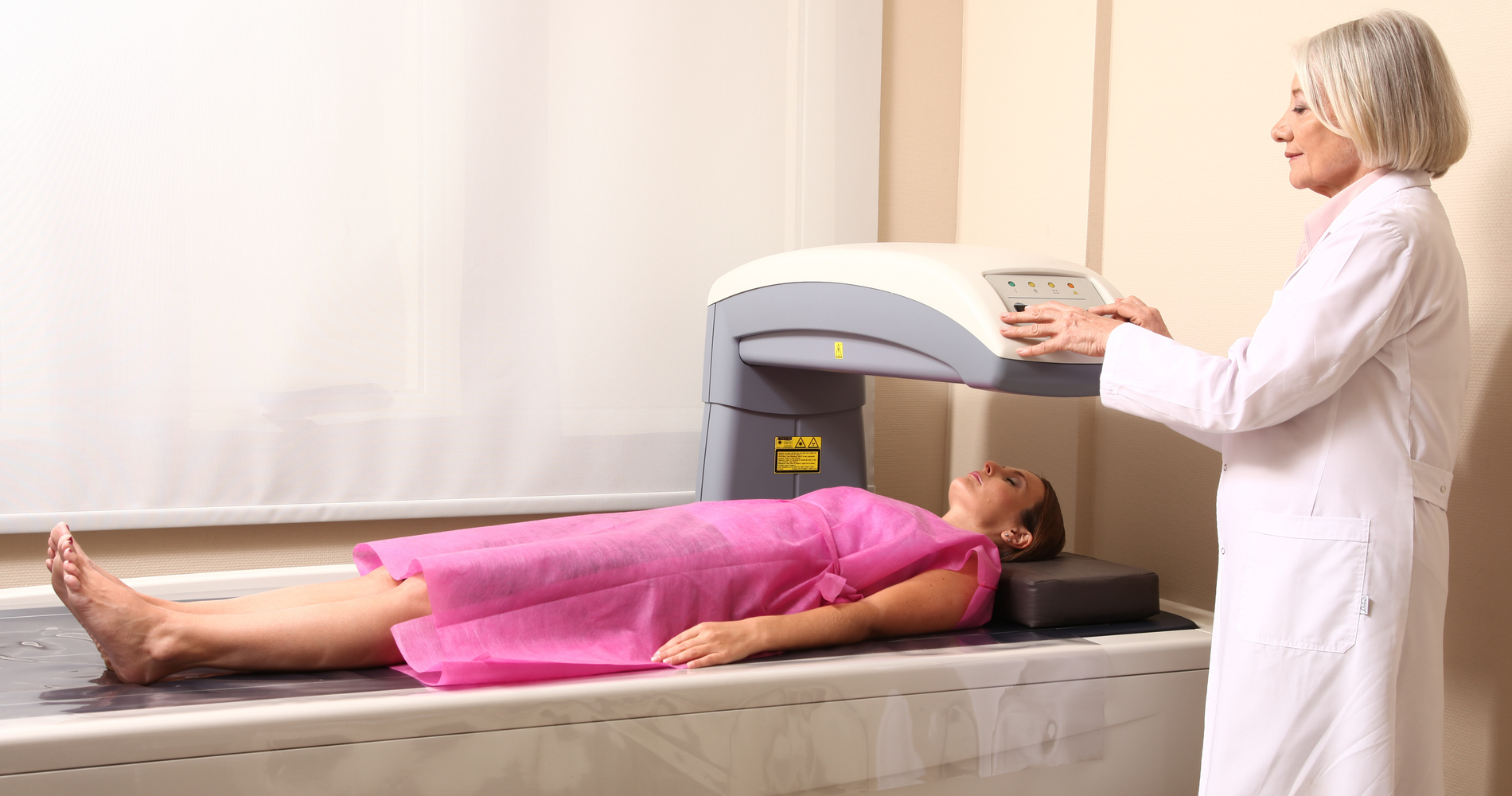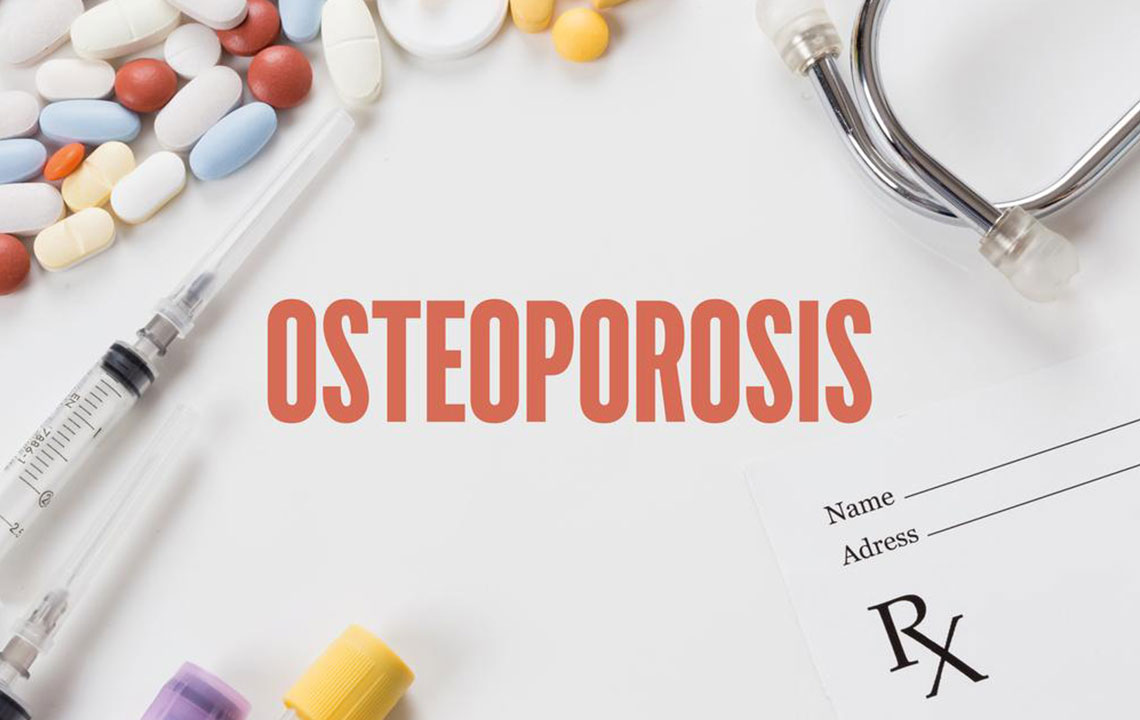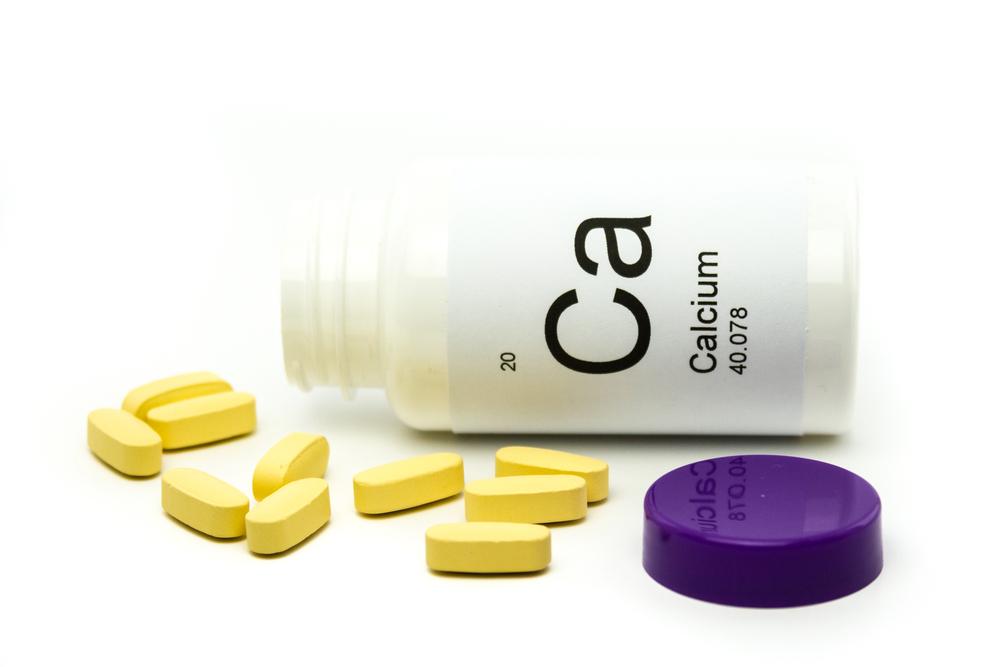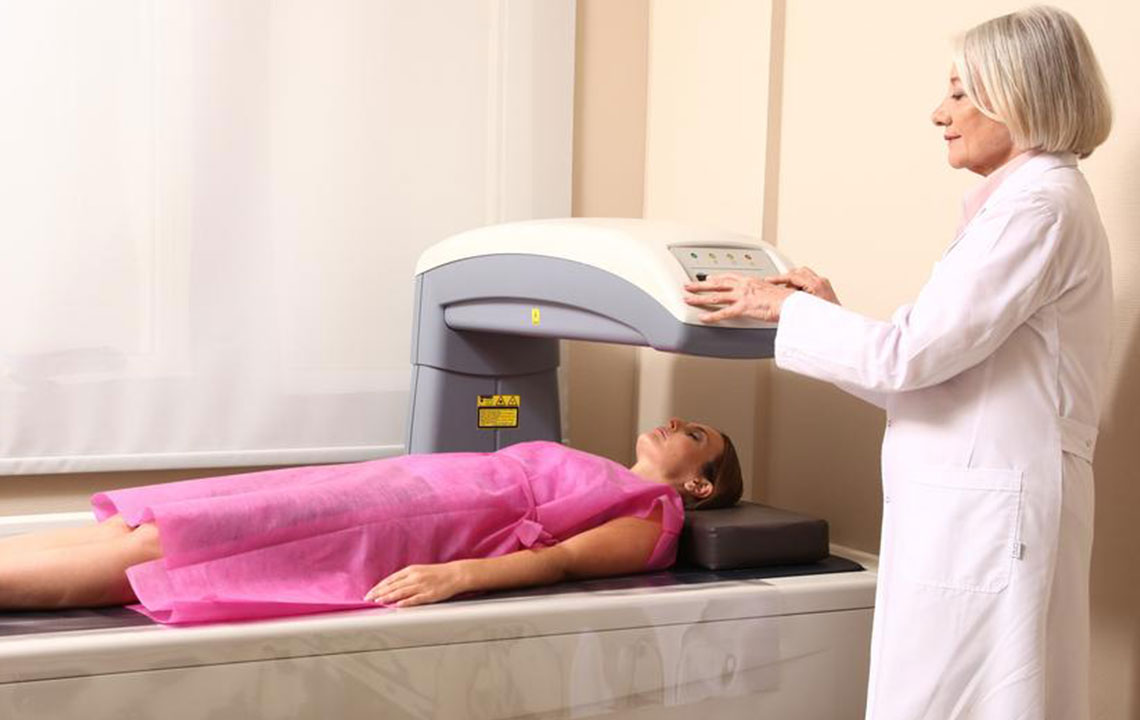Optimal Bone Density Screening Intervals for Senior Women
This article discusses optimal bone density screening intervals for women aged 65 and older. Based on a long-term study, it recommends extended screening intervals for women with normal or mild osteopenia and annual testing for those with severe osteopenia. Understanding these guidelines helps improve osteoporosis management, reduce unnecessary testing, and ensure timely intervention for at-risk populations.

Optimal Bone Density Screening Intervals for Senior Women
Osteoporosis, a condition that weakens bones and increases fracture risk, affects millions in the United States. Many individuals have osteopenia, a precursor to osteoporosis characterized by lower-than-normal bone mineral density (BMD). Since osteoporosis can develop silently over time without symptoms until a fracture occurs, early detection through BMD testing is essential. Identifying low bone density early allows for interventions that reduce fracture risk and improve bone health.
Guidelines recommend routine BMD screening for women aged 65 and above. However, precise intervals for repeat testing remain uncertain. A comprehensive study involving 4,957 women aged 67 and older, followed for up to 15 years, evaluated appropriate screening frequency based on initial bone health status.
Participants were categorized into four groups: severe, moderate, normal, or mild osteopenia, with multiple BMD tests conducted during the study. Findings reveal that fewer than 1% of women with normal or mild osteopenia developed osteoporosis over the follow-up period, suggesting these women may not require re-screening for approximately 15 years. Conversely, women with moderate osteopenia had a 10% chance of progressing to osteoporosis within five years, while those with severe osteopenia showed a 10% risk within just one year, indicating the need for annual screening in this group.
The study also highlights that other factors like age, existing health conditions, and medications can influence testing frequency. Tailoring screening schedules based on individual risk factors may optimize osteoporosis management and ensure timely intervention.
Bone mineral density testing
Osteoporosis prevention
Senior women health










